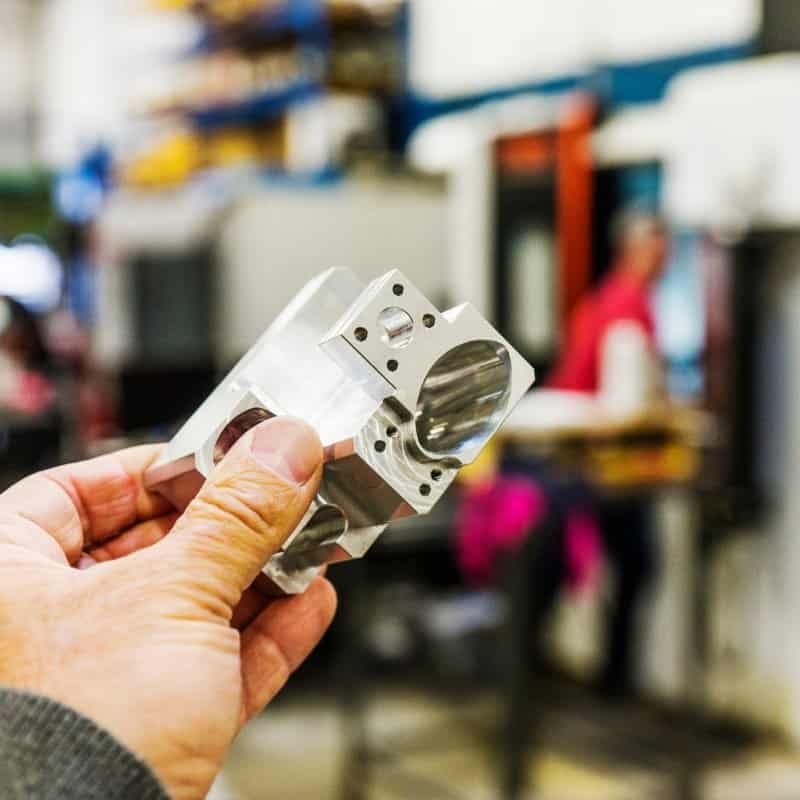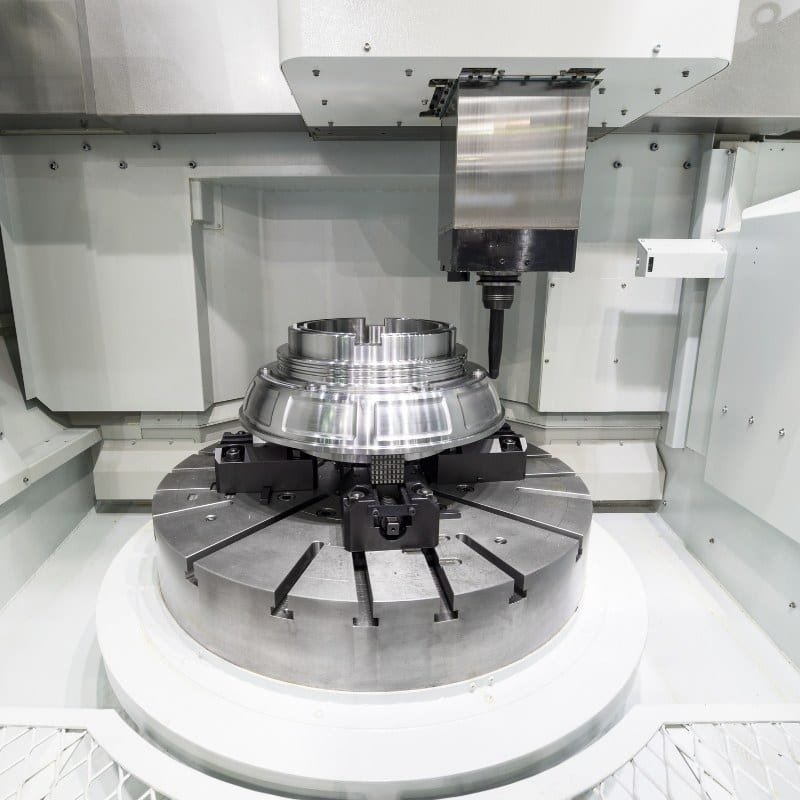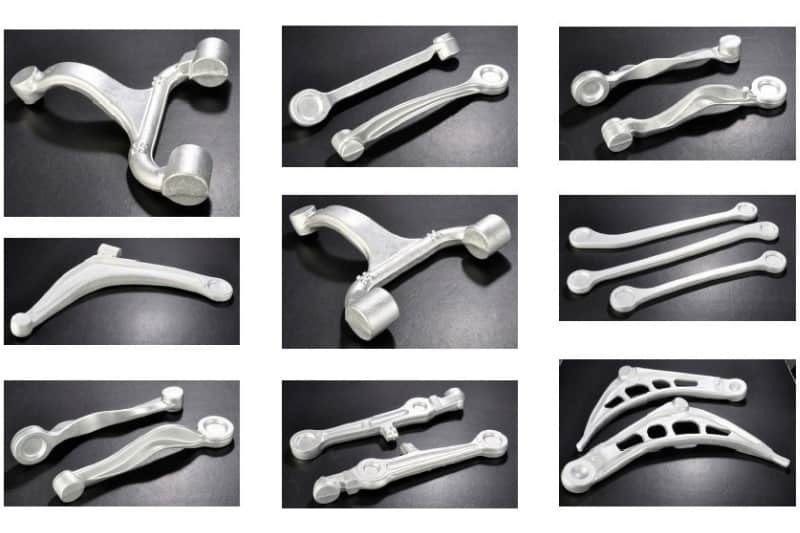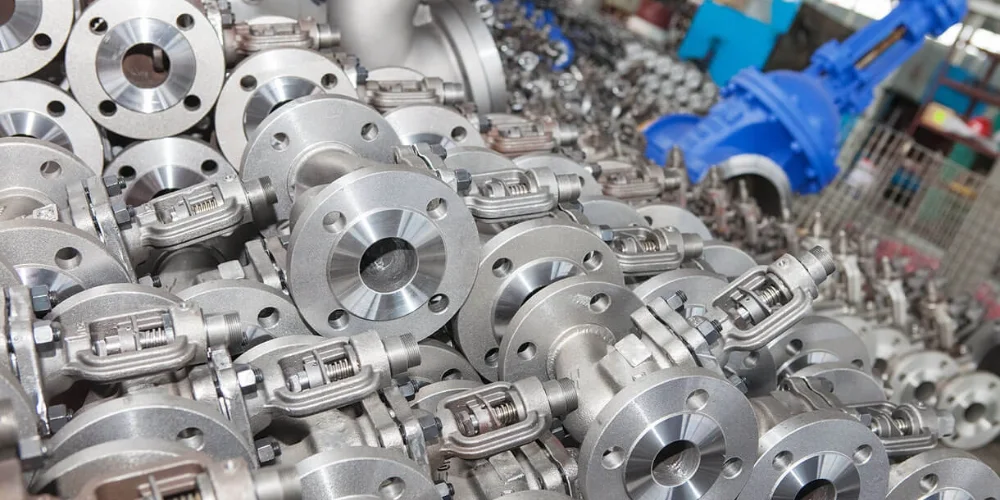Overview
6060 aluminum is a versatile alloy known for its exceptional machinability, making it a popular choice in various industries. Whether you’re working on architectural components or intricate parts for the aerospace sector, understanding the nuances of machining this alloy is crucial for successful outcomes.

What Is 6060 Aluminum?
6060 aluminum is a versatile alloy composed mainly of aluminum, magnesium, and silicon. Known for its excellent machinability, it is widely used in construction, automotive, and aerospace for applications like extruded profiles and structural components. With a balanced mix of strength and formability, 6060 aluminum is a popular choice for projects requiring precision machining and resistance to corrosion.
Why Choose 6060 Aluminum for Machining?
6060 aluminum is chosen for machining due to its excellent machinability, balanced properties, and versatility. It offers smooth cutting and milling, making it efficient for various machining techniques. With a combination of strength, formability, and weldability, it’s ideal for manufacturing intricate components in industries like construction and automotive. The alloy’s corrosion resistance further enhances its suitability for machining projects.

What Are the Typical Applications of 6060 Aluminum?
In the realm of metallurgy, Aluminum 6060, an adaptable alloy, discovers its utility spanning diverse industrial domains. Within the automotive sphere, its incorporation elevates operational prowess through the integration of entities such as Block Guards, Valve Covers, Shift Knobs, and Wheels. Venturing into the aerospace domain, the alloy’s featherweight yet enduring attributes significantly contribute to the fabrication of aircraft components. Within the medical arena, its precision and resistance to corrosion render it apt for crafting specialized equipment.
Tailored innovations emerge within the realm of custom products, encompassing Weld-on Hinges, Piano Hinges, Barrel Hinges, Heavy Duty Barrel Hinges, and Bullet Hinges, leveraging Aluminum 6060’s inherent malleability. The motorcycle industry witnesses its integration into Triple Clamps, Billet Wheels, Motocross Wheel Sets, Wheel Hubs, Radiator Guards, Bar Ends, and Footpegs, enhancing the strength-to-weight ratio.
Trailers embrace the resilience and anti-corrosive properties of Aluminum 6060 in Spring Pin Latches, Lashing Rings, Pintle Hooks, Trailer Jacks, and Trailer Ramps. In the bicycle landscape, its influence extends to Bike Stems, Chainrings, Bicycle Hubs, Bike Pedals, and Cranksets, exploiting the alloy’s lightweight and robust characteristics. Karts, navigating the racetrack, benefit from the inclusion of Aluminum 6060 in Sprockets, Washers and Spacers, Wheel Hubs, Steering Wheels, and Wheel Rims, amplifying on-track performance.
How Does 6060 Aluminum Perform in Terms of Machinability?
6060 aluminum demonstrates excellent machinability, making it a highly favorable material for various machining processes. Its machinability is attributed to several key factors:
- Predictable Chip Formation: When machining 6060 aluminum, the chip formation is predictable and consistent. This characteristic facilitates smooth cutting, drilling, and milling operations, contributing to the efficiency of the machining process.
- Ease of Cutting: The alloy allows for easy cutting, enabling precision in shaping components. This attribute is particularly valuable in applications where intricate designs or detailed specifications are crucial.
- Efficient Drilling and Milling: Machining techniques such as drilling and milling are executed efficiently on 6060 aluminum. The material responds well to these processes, ensuring accurate and well-defined results.
- Consistent Performance: 6060 aluminum maintains a consistent performance throughout the machining process. This predictability is advantageous for manufacturers, as it allows for better control and reproducibility in the production of components.


Are There Any Specific Considerations for Machining 6060 Aluminum?
Machining 6060 aluminum requires specific considerations to optimize the process:
- Tool Selection: Choose appropriate high-speed steel or carbide tools for efficient machining and extended tool life.
- Lubrication: Ensure proper lubrication to dissipate heat and reduce friction, enhancing tool life and surface finish.
- Cooling: Implement effective cooling methods to prevent overheating during machining processes.
By addressing these considerations, manufacturers can maximize the efficiency and quality of machining 6060 aluminum.
Can 6060 Aluminum Be Welded?
Yes, 6060 aluminum is weldable. Various welding methods, such as TIG (Tungsten Inert Gas) and MIG (Metal Inert Gas), can be employed to effectively weld 6060 aluminum. Following recommended welding procedures is essential to ensure the creation of strong and durable welds. This weldability feature expands the application range of 6060 aluminum in projects where welding is a critical aspect of the manufacturing process.

What Are the Corrosion Resistance Properties of 6060 Aluminum?
6060 aluminum exhibits good corrosion resistance properties. This makes it suitable for applications where exposure to environmental elements, such as moisture and varying weather conditions, is a concern. While the alloy performs well in diverse environments, for more demanding conditions, additional protective coatings may be advisable to enhance its resistance to corrosion over an extended period.
Is There a Recommended Surface Finish for 6060 Aluminum Components?
The choice of surface finish for 6060 aluminum components depends on the specific application. Common surface finishes include:
- Anodizing: Enhances corrosion resistance and provides a decorative finish.
- Powder Coating: Adds a protective layer and allows for a variety of color options.
The selection should align with the functional and aesthetic requirements of the project, ensuring optimal performance and appearance.

How to Custom 6060 Aluminum Machining Parts?
To customize 6060 aluminum machining parts, follow these steps:
- Define Requirements:
- Clearly outline your specifications, including dimensions, tolerances, and quantity.
- Find Reputable Manufacturers:
- Research and select manufacturers with a proven track record in aluminum machining.
- Request for Quotations (RFQ):
- Reach out to chosen manufacturers, providing detailed RFQs to receive accurate cost estimates.
- Material Certification:
- Ensure the manufacturer provides material certification to guarantee the quality of 6060 aluminum.
- Discuss Machining Techniques:
- Engage in discussions with the manufacturer about machining techniques, tooling, and processes.
- Quality Control Measures:
- Inquire about the manufacturer’s quality control measures to ensure precision and consistency.
- Lead Time and Production Schedule:
- Confirm lead times and production schedules to align with your project timeline.
- Cost Negotiation:
- Negotiate costs while considering the balance between quality and affordability.
- Prototype Development:
- Consider developing a prototype to verify design and machining requirements before full-scale production.
- Regular Communication:
- Maintain open communication with the manufacturer throughout the process to address any concerns promptly.
By following these steps, you can effectively collaborate with manufacturers to customize 6060 aluminum machining parts that meet your specific requirements.

Conclusion
6060 aluminum machining offers a plethora of advantages for various industries. Its unique combination of properties, including machinability, weldability, and corrosion resistance, makes it a go-to choice for precision components. By understanding the considerations, techniques, and applications of 6060 aluminum, manufacturers can optimize their machining processes and achieve superior results.




